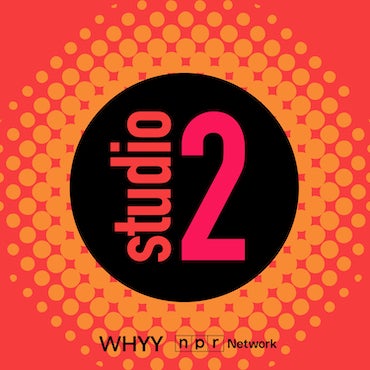Researchers say warning label on antidepressants had unintended effects
New research claims a warning label meant to protect children and adolescents from some potentially deadly side effects of antidepressants may have had unintended consequences.
New research claims a warning label meant to protect children and adolescents from some potentially deadly side effects of antidepressants may have had unintended consequences.
(Photo: http://www.flickr.com/photos/jypsygen/ / CC BY-NC-ND 2.0)
Listen: [audio:091129msteen.mp3]
In 2004, The Food and Drug Administration required the makers of all antidepressants to add a warning to packages. The label detailed the heightened risk for suicidal behavior in children and youth taking these drugs. Suicidal behavior includes suicidal thoughts and non-lethal attempts. University of Utah Psychiatrist David Rudd studied what happened after the warning was added. He says the label confused many people – including primary care doctors who prescribe the vast majority of antidepressants:
Rudd: They actually believed and apparently have communicated, when they talk with patients, specifically parents that there is risk for death by suicide, and that just isn’t the case.
Rudd says the label was added to alert parents and doctors to behaviors that unchecked could lead to suicide. Instead, doctors became reluctant to prescribe antidepressants to youth and parents didn’t want their kids to take them. He says the ironic, and tragic, impact has been a rise in suicide rates among adolescents:
Rudd: You saw an 18 percent increase in death rates by suicide for adolescents and children that’s continued for the last couple of years, and this follows almost a decade of decline in suicide rates, so that shift was very noticeable
The issue is much bigger than the warning label, counters pediatric psychologist Ronald Brown of Temple University. He says the biggest problem is access to treatment:
Brown: There’s clearly a shortage of mental health providers and services for adolescents in other words, it’s not accessible to all adolescents
In addition – Brown says because of limited access, effective treatment options that don’t involve medications, such as therapy, are not used as much as they could be.
WHYY is your source for fact-based, in-depth journalism and information. As a nonprofit organization, we rely on financial support from readers like you. Please give today.

